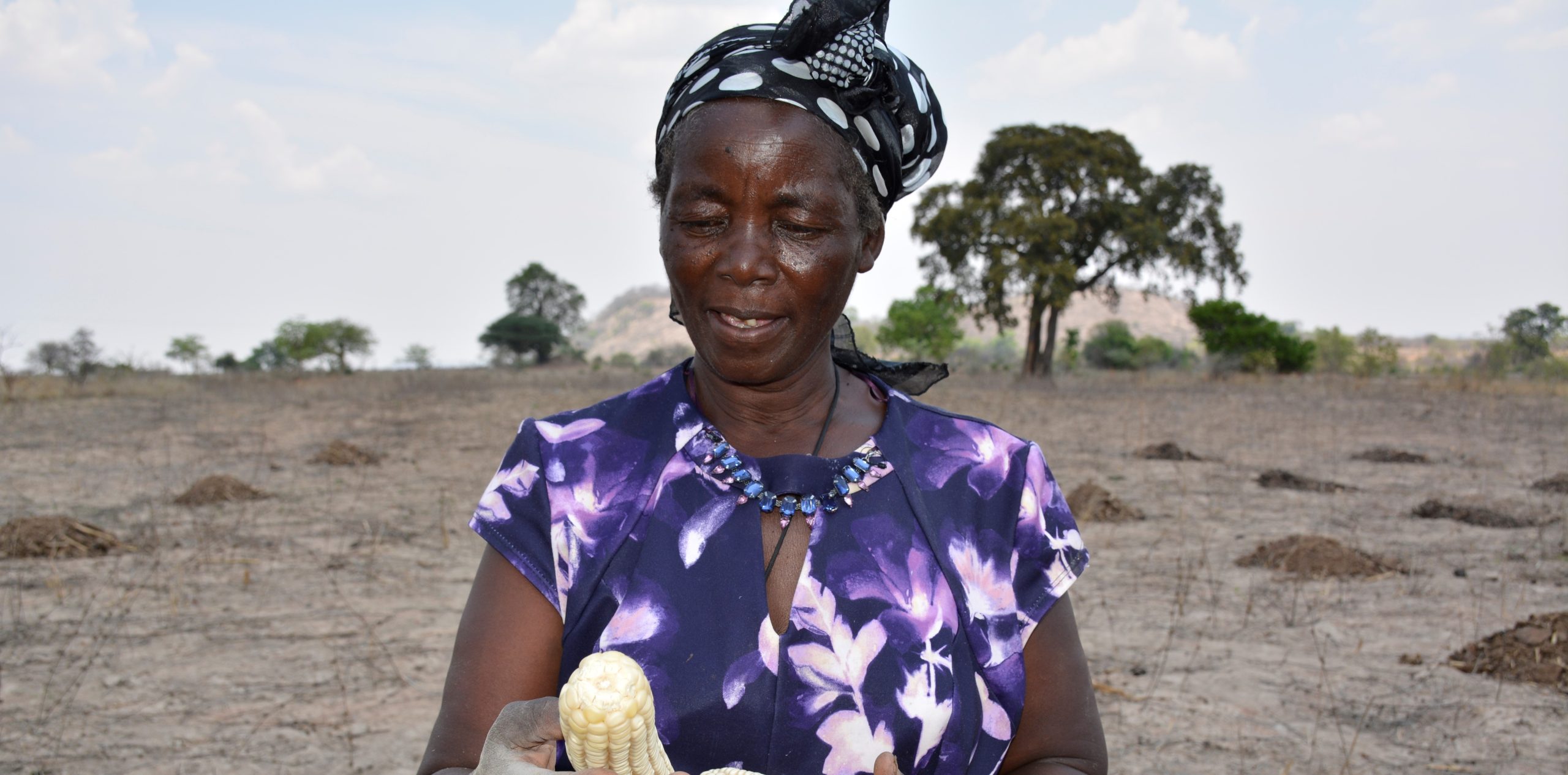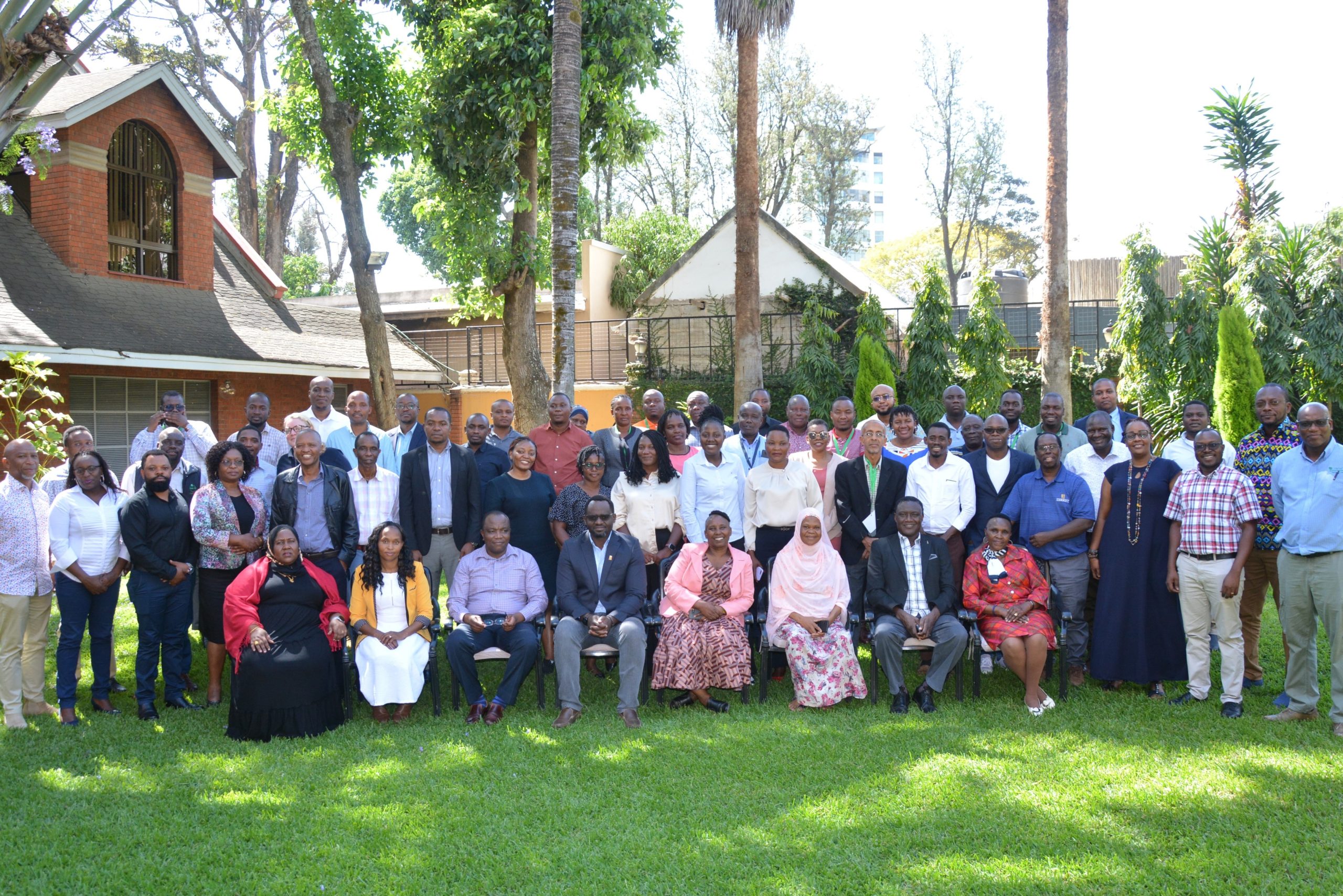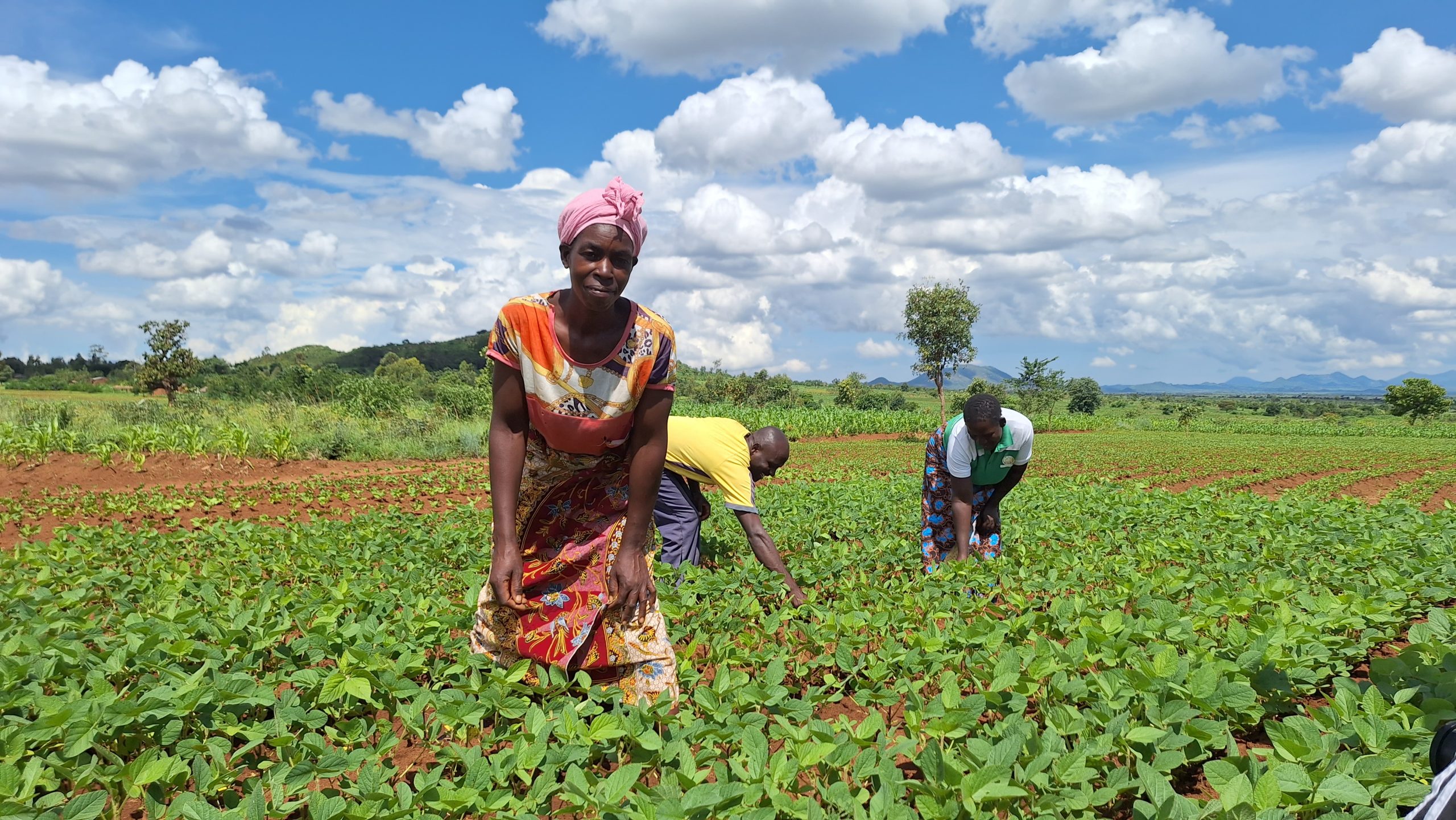
From the rich plateau landscapes of Angonia district in the Tete province of Mozambique emerges a tale of determination and hard work. Juliana Nicolau Moises, a mother of four, has been a devoted soybean farmer for more than a decade, tending to a crop whose pods carry the potential for value-added products, including milk and porridge for her children. But one wonders, what motivates smallholder farmers like Juliana to invest their efforts in soybean production.
“I have never looked back on producing soybeans,” reflects Moises. “This legume crop has allowed me to feed my family and meet my household needs, let alone the cash income from sales of the surplus crop. It has taken a lot of hard work and resilience to navigate through the complexities of soybean production.”
Entering her second season of implementing the Chinyanja Soy Use Case trials with CGIAR’s Initiative on Excellence in Agronomy, delivered in partnership with CIMMYT and the International Institute of Tropical Agriculture (IITA), Moises eagerly anticipates a bumper harvest in the early planted fields. She has been avidly implementing trials on planting dates to establish the implications of early, mid, and late planting on soybean yield. Let alone the required attention to detail, she exudes a deep understanding of the significance of the trials by carrying out key agronomic practices to ensure a good harvest. This will not only nourish the health and wellbeing of her family but also symbolizes the fruits of her dedication.
Moises’s commitment extends beyond the trial she hosts as she implements her learning from the project to other fields, using innovative approaches like the double-row planting method. In soybean farming, this involves planting two rows of seeds on a wider ridge established on the traditional spacing that farmers use on maize. Traditionally, farmers in Angonia have been planting single rows of soybean on ridges spaced at 90 cm used for maize, thereby resulting in low soy plant populations and ultimately low yields. This different technique optimizes the plant population and land use efficiency, improving yields, and facilitating easier weeding.
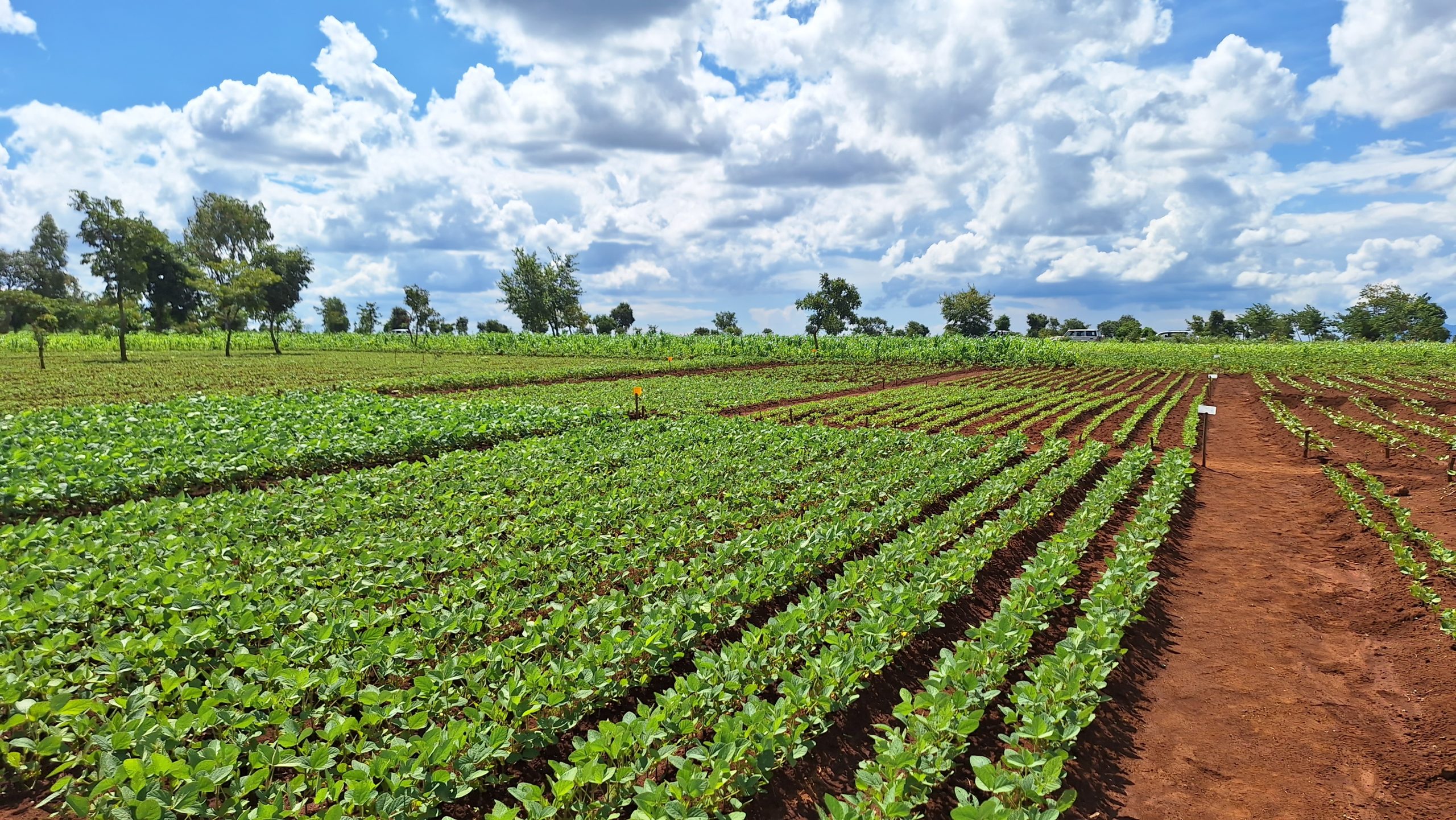
Despite the promise of enhanced production, challenges persist. Southern Africa continues to face a growing demand for soybeans, with annual productivity of 861,000 metric tons (mT) falling short of the 2-million-ton demand. In Mozambique, vibrant soybean farms blanket the landscape, yet smallholder farmers like Moises grapple with underdeveloped markets and climate-related adversities, such as droughts and floods currently worsened by the El Niño phenomenon.
“As a devoted soybean farmer, I have met my own fair share of challenges. One of our biggest challenges is the labor requirement across the production season,” shared Moises as she navigates through her fields. “We need machinery for planting, weeding, and harvesting in order to reduce the labor and drudgery associated with soybean production. In addition, markets remain a challenge.” Her unwavering commitment inspires neighboring farmers, creating a ripple effect of hope and determination in the community.
Sharing the same sentiments is Veronica Ernesto Gama, who teams up with her husband every year to tend to her soybean field. Having started in 2007, their yields have sustained the food basket of her family while meeting nutritional needs. “In the past, I used to just scatter around soybean seeds in one place, but after these trials, I have learned the significance of applying the agronomically recommended spacing and the need for quality improved seeds to ensure a bumper harvest,” said Gama.
The power of collaboration
Addressing these challenges head-on is CGIAR’s Excellence in Agronomy Chinyanja Triangle Soy Use Case, a collaborative effort aimed at strengthening the soybean industry primarily by empowering farmers with improved agronomic practices and decision support. Solidaridad, an international non-government organization (NGO) pursuing digital platforms for scaling agronomy, serves as the demand partner of the Excellence in Agronomy Chinyanja Triangle Soy Use Case, while CGIAR provides technical support. Solidaridad’s role is vital in catalyzing demand for the product or service in question. Research outputs drawn from the trials will be used to develop a mobile phone application on the Kvuno, a social enterprise borne out of Solidaridad. The platform will support farmers with onsite advisories on planting dates, site-specific fertilizer recommendations, variety selection, and crop configurations.
To date, the initiative has drawn the willingness of 70 farmers in the Angonia district of Tete province, who are implementing different suites of trials, including nutrient omission, planting date, plant configuration, and fertilizer usage. Excellence in Agronomy has come at an opportune time for smallholders’ journeys in soybean production, emphasizing the importance of optimized spacing and improved agronomic practices.
As the story unfolds in Mozambique, women like Moises and Gama are the unsung heroes driving soybean production. Their dedication, coupled with initiatives like Excellence in Agronomy, paint a picture of progress and potential. Their commitment inspires many surrounding farmers who draw inspiration on the trials in their fields. As the sun continues to rise over the dusty soils of Angonia, it showcases not just Moises’s fields, but the bright future of soybean production in the hands of resilient women farmers.
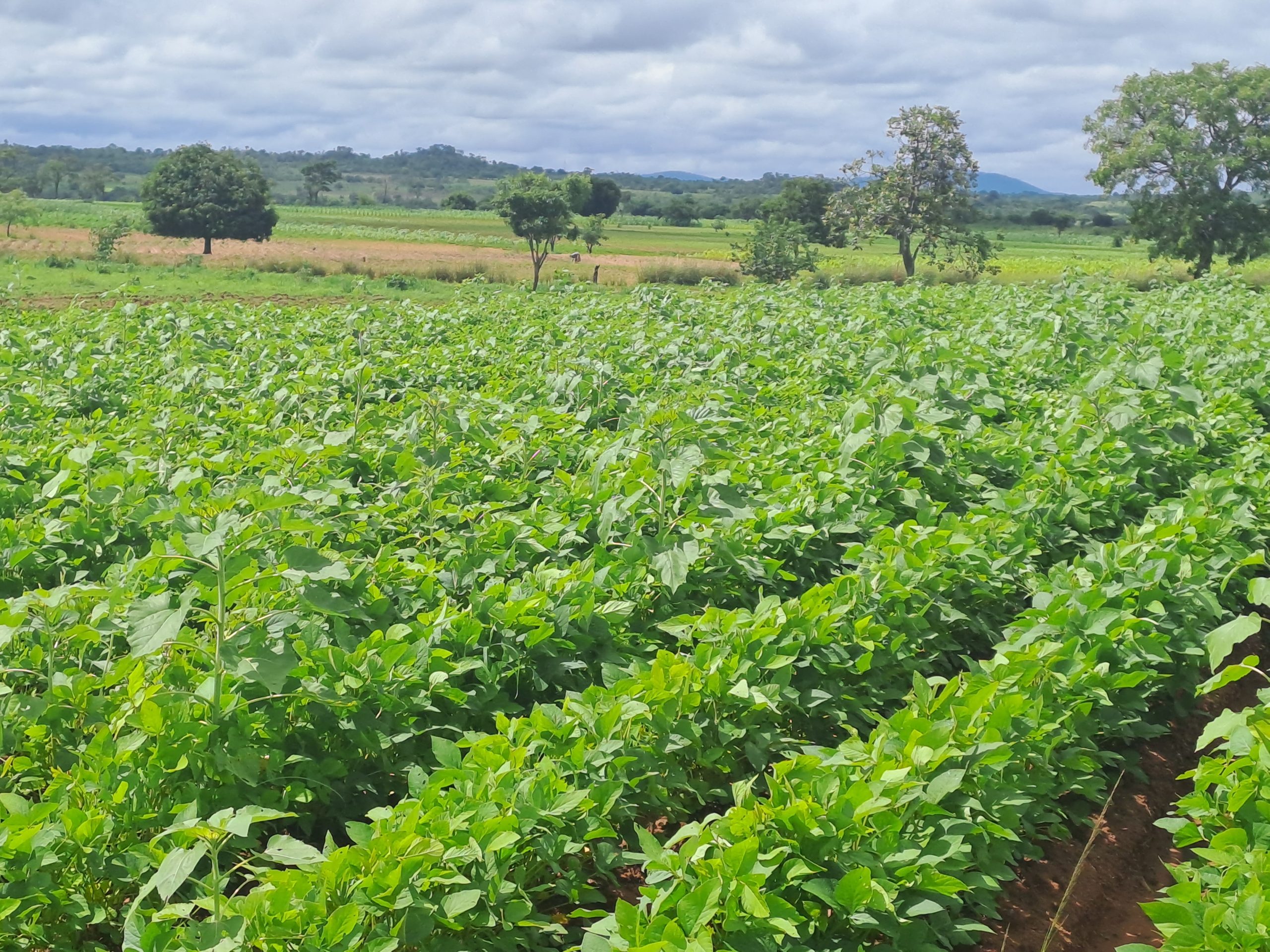
 Climate adaptation and mitigation
Climate adaptation and mitigation 